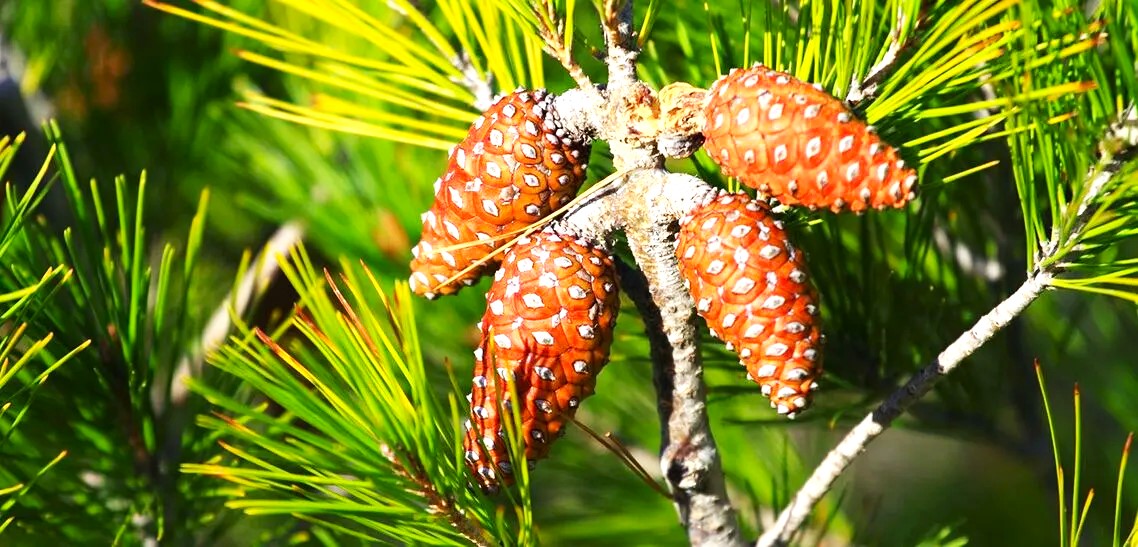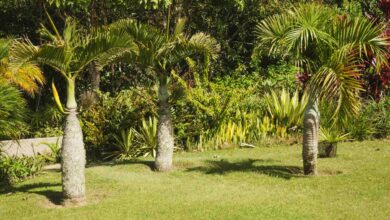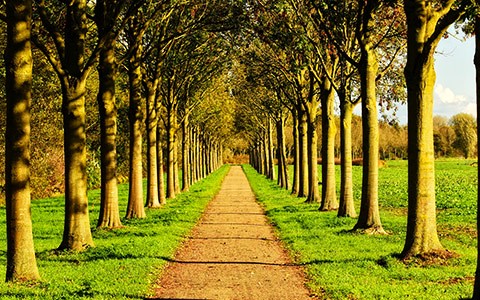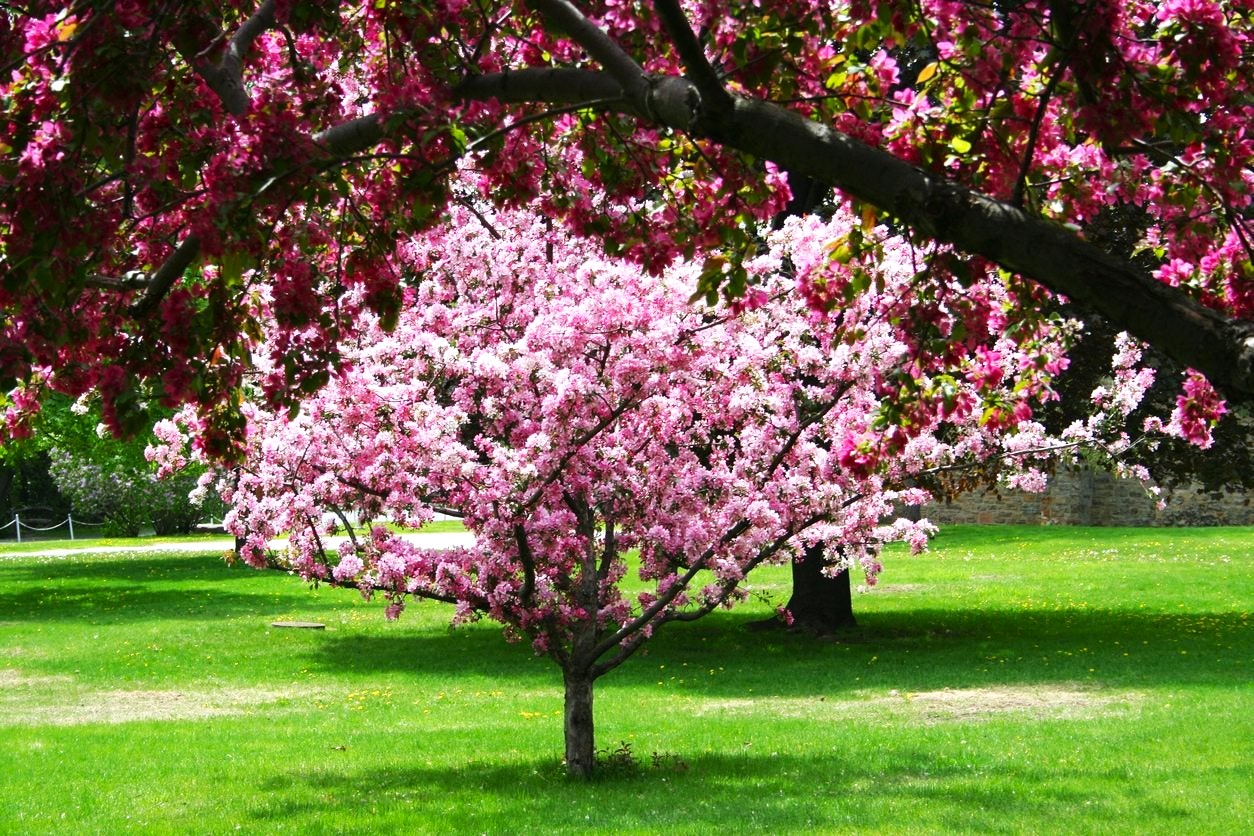Scale Evergreen Tree: What Are the Types of Scale Evergreen Trees
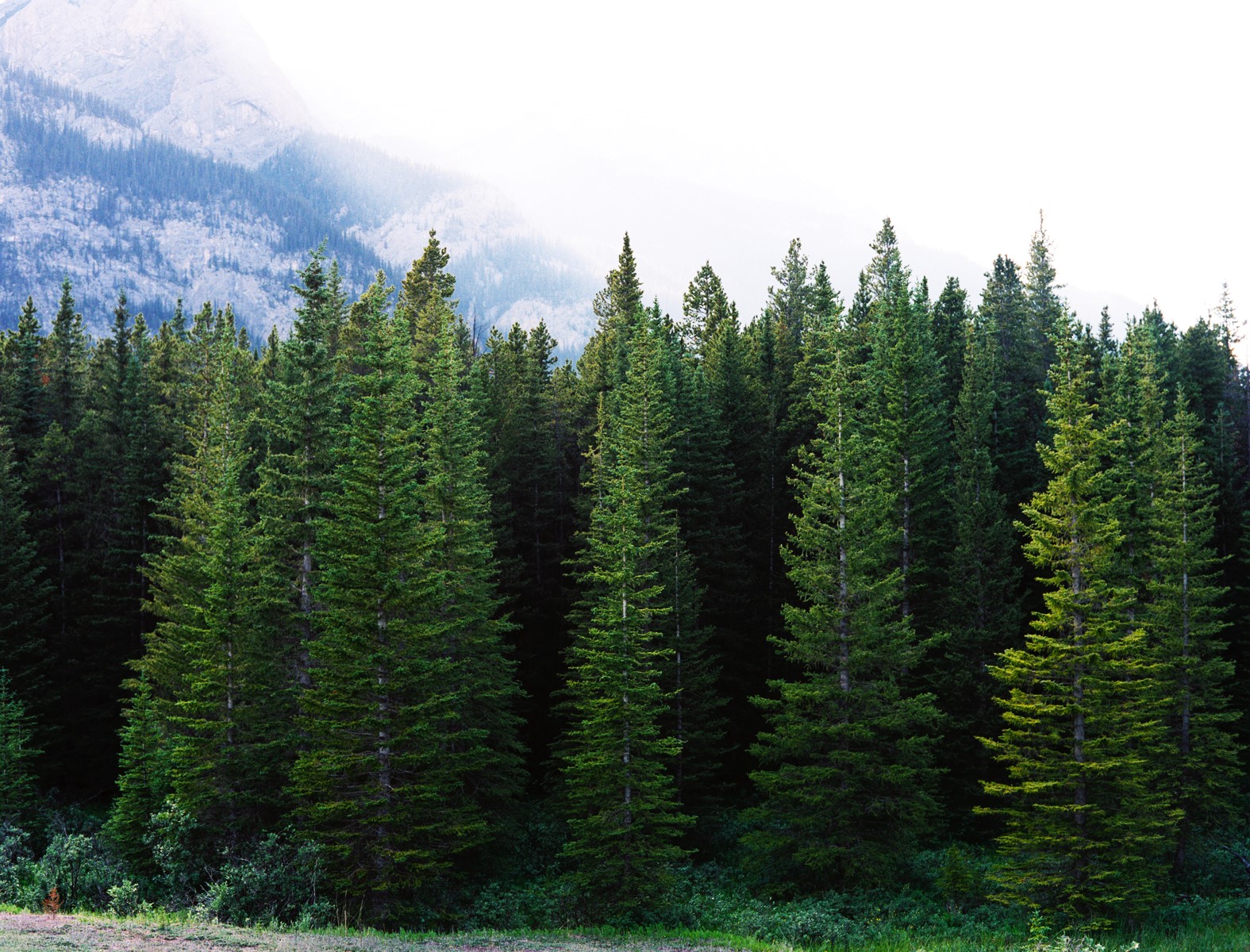
Perhaps Christmas trees come to mind when you think of evergreens. Conifers, broadleaf, and scale leaf trees are the three different categories of evergreen plants. Every type of evergreen can contribute significantly to the landscape by offering texture and color all year round.
What is an evergreen scale leaf? Evergreen species with flat, scaly leaf structures are known as scale leaf varieties. Continue reading for a summary of evergreens with scale leaves. We’ll also offer you identification advice for scale leaf evergreens.
A Scale Leaf Evergreen: What Is It?
It’s easy to distinguish scale leaf evergreens from conifer evergreens. The foliage can provide information about whether a specific needled evergreen is a scale leaf. Examine the needles closely and make contact with them.
The leaves of pines and other conifers are made of sharp needles. Scale-leaved evergreens differ greatly in their foliar structures. The flat, soft needles of scale leaf trees can be feathery or overlap like roof shingles. This kind of needle, according to some botanists, was created to help retain moisture in arid, sandy environments.
Evergreen Scale Leaf Varieties
Most people are familiar with the popular fast-growing arborvitae shrubs, such as the hybrid Leyland cypress (Cupressus x leylandii) and the eastern arborvitae (Thuja occidentalis), that are so often used as quick hedge plants. Their foliage is feathery and soft to the touch.
There are other scale leaf evergreen varieties available, though. The flattened, scaly foliage of junipers is sharp and pointy. This group of trees includes Eastern red cedar (Juniperus virginiana), Rocky Mountain juniper (Juniperus scopulorum), and Chinese juniper (Juniperus chinensis).
If you are growing apples in your home orchard, you might want to steer clear of juniper trees. A fungus known as cedar-apple rust, which can spread to juniper trees and seriously harm them, can infect apple trees.
Italian cypress (Cupressus sempervirens), another evergreen with scale leaves, is also commonly used in landscaping. It is often planted in columnar rows and grows tall and slender.
How to Recognize Scale Leaf Evergreens
The first step in determining the species of an evergreen is determining if its foliage is scaly. Scale leaf varieties are numerous. Here are some hints for distinguishing scale leaf evergreen genera if you want to know one scale leaf variety from another.
Cupress species have leaves that resemble scales that are carried in four rows on rounded branches. It appears as though they have been braided. Conversely, the plants in the Chamaecyparis genus have flattened branches that resemble fronds.
Branches of Thuja are only compressed in one plane. A raised gland on the back and young leaves that resemble awls rather than scales should be looked for. The leaves of Juniperus trees and shrubs grow in whorls and can resemble either awls or scales. Both kinds of leaves can be found on one plant.


